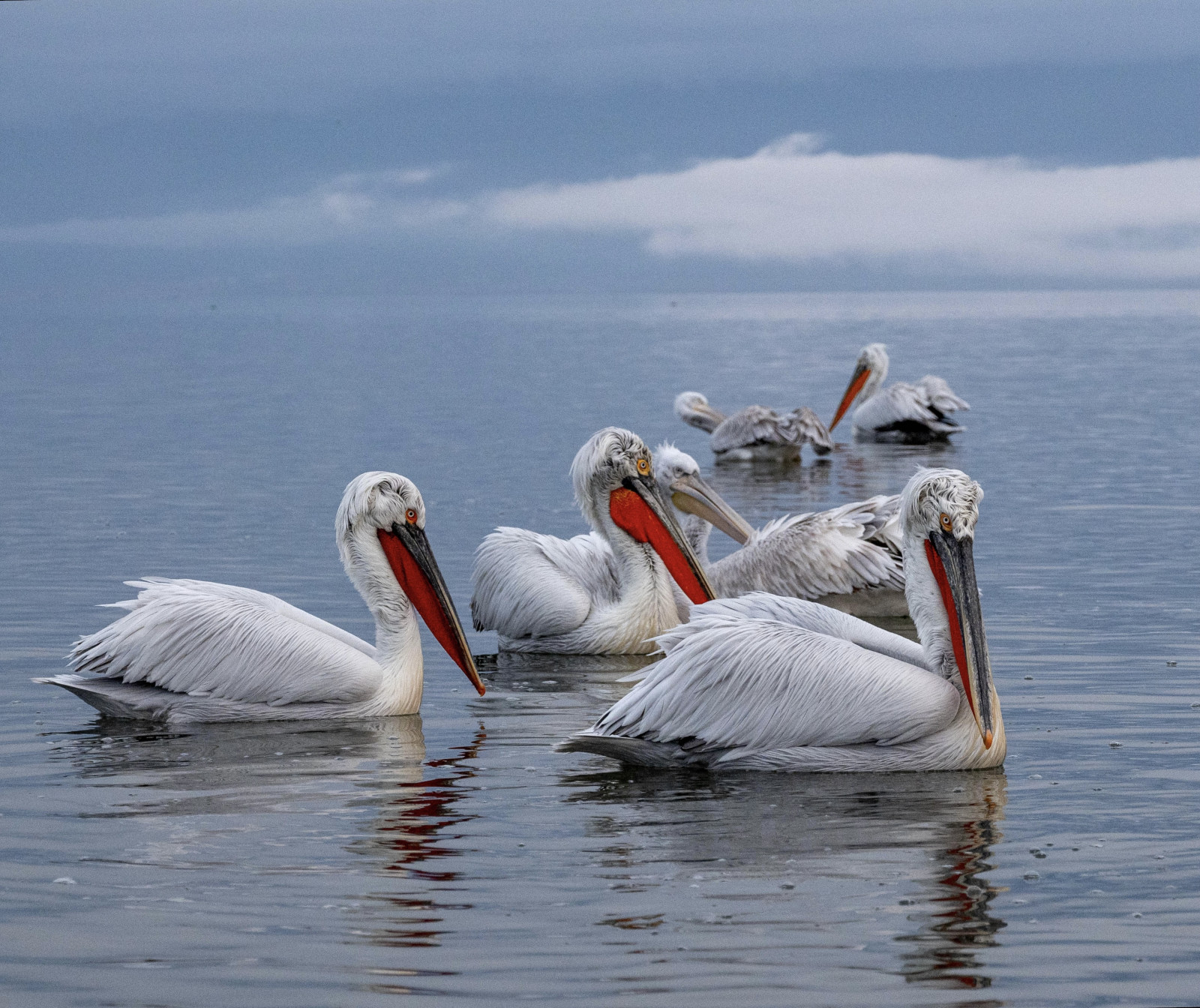Beschreibung
Lake Kerkini is a fresh water lake, fed by the Strymon River and is about fifteen kilometres long and nine kilometres across. The lake and the surrounding wetlands are bordered by the Kerkini Mountains to the north and the Marvovouni Mountains to the south. Lake Kerkini is a fantastic place for birding. In Lake Kerkini National Park you can see more than 300 bird species. Among them 137 of these species nest, 134 overwinter and 163 use the area as a stopover. Many thousands of waterfowl overwinter in the lake. But all year long you can see great birds. Endangered species that breed here include Zwergscharbe and Krauskopfpelikan. Lake Kerkini is also an important wintering area for Krauskopfpelikan. Other interesting birds you can encounter are Rallenreiher, Nachtreiher, Säbelschnäbler, Stelzenläufer, Dunkler Wasserläufer, Kampfläufer, Drosselrohrsänger and Pirol. The area also is rich in birds of prey because the nearby forests and mountains provide nesting grounds for the eagles, falcons and owls that forage in the area. Among the birds of prey that can be seen are Kaiseradler, Seeadler, Wanderfalke, Schelladler and Steinadler.
Details
Zugang
Around 100 km North of Thessaloniki, head towards Serres, then Lake Kerkini and Lithotopos, follow the road towards Iraklia then onto Megalochori where you follow the local sign's for the Lake.





